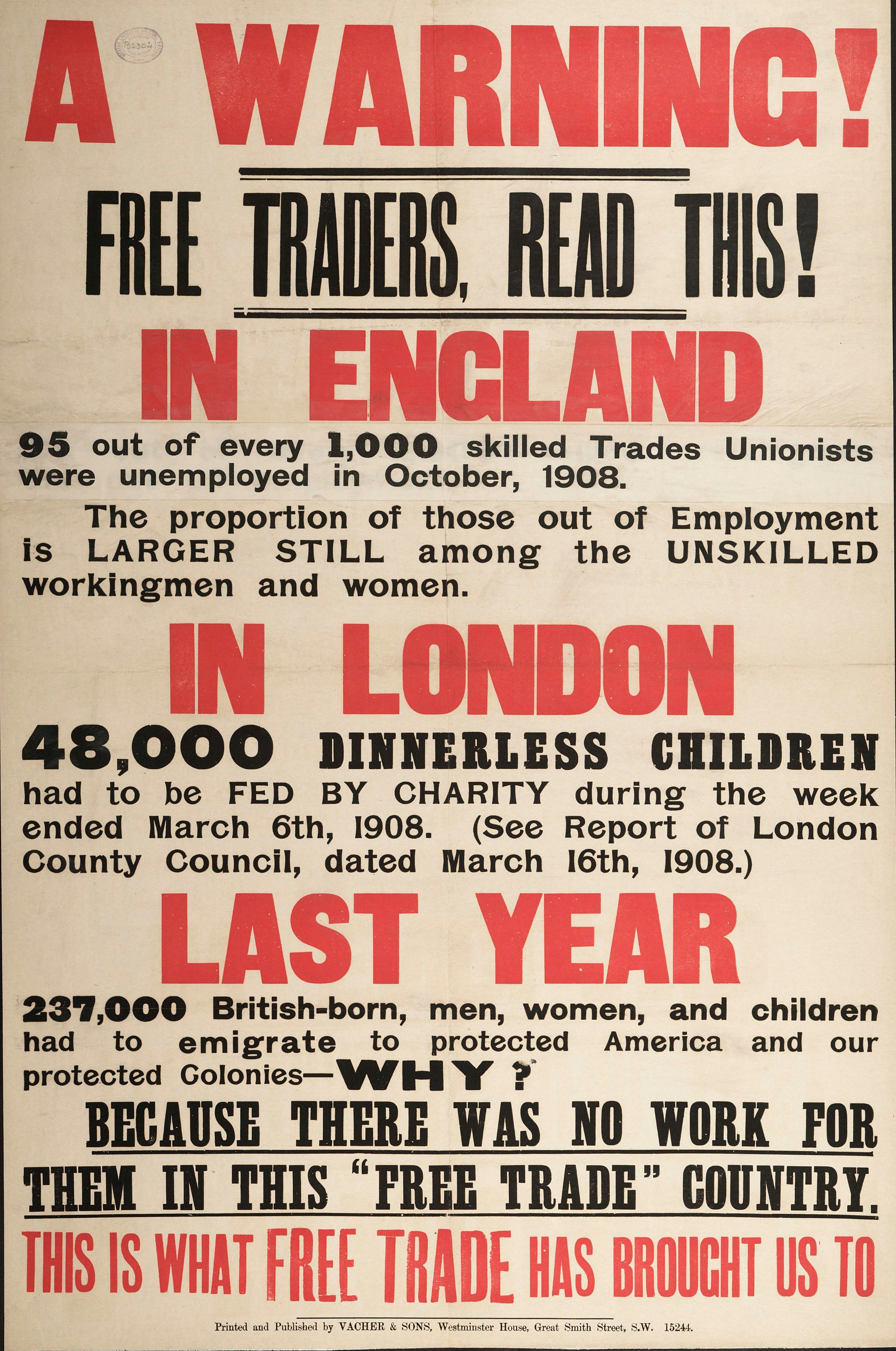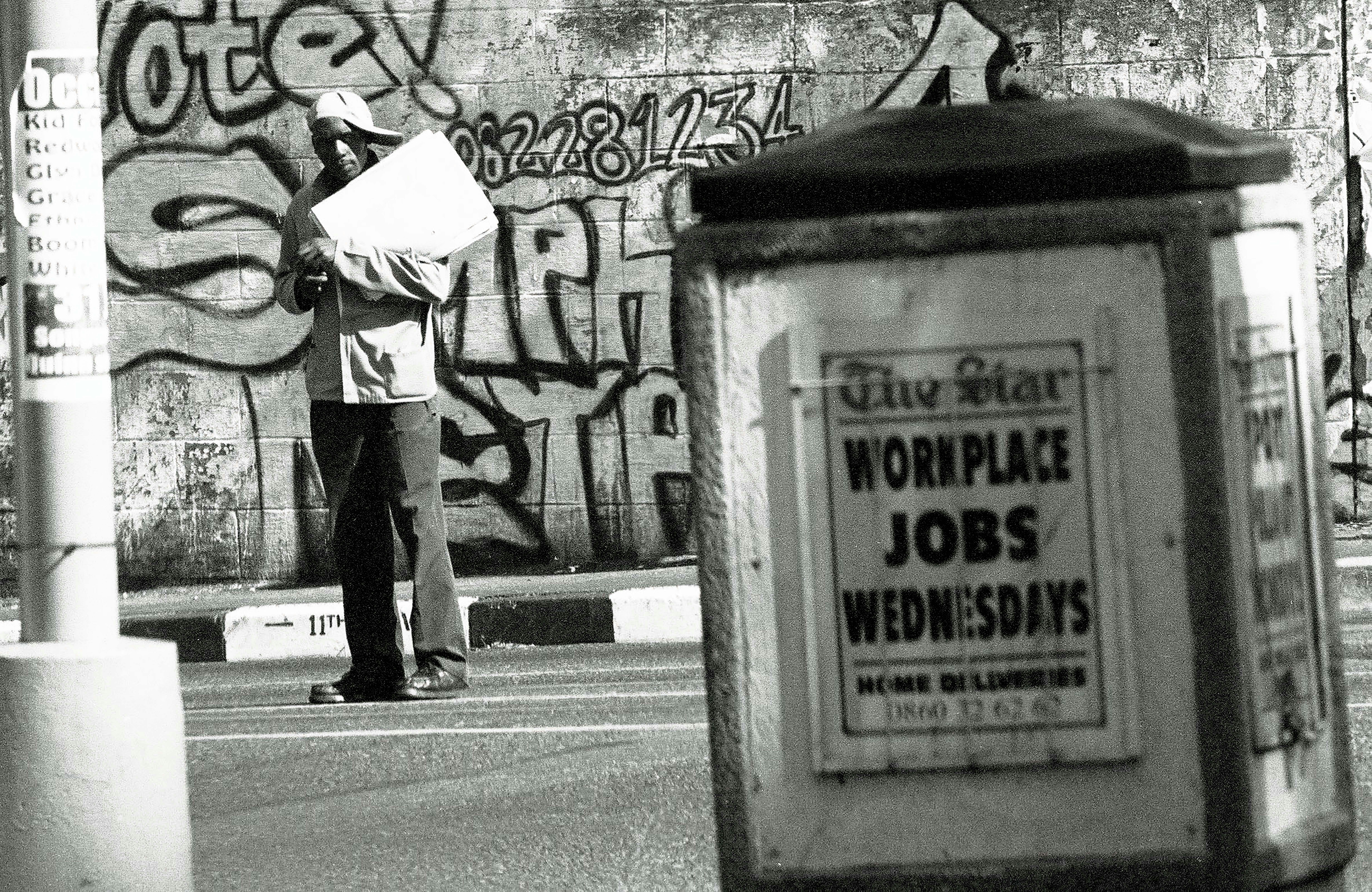
Fernando Botero, the Colombian whose voluptuous footage and sculptures of overstuffed generals, bishops, prostitutes, housewives and different merchandise of his whimsical creativeness made him one of many world’s best-known artists, died on Friday in Monaco. He was 91.
His dying, in a hospital, was confirmed by a detailed buddy, Mauricio Vallejo, a co-owner of an artwork gallery in Houston, who stated the trigger was problems of pneumonia. President Gustavo Petro of Colombia earlier introduced the dying on social media.
As a younger artist, Mr. Botero developed an immediately recognizable fashion and loved nice and rapid industrial success. Followers sought his autograph and have been identified to attend for him at airports.
“‘It’s the occupation you do should you want to die of starvation,’ folks used to inform me,” he as soon as recalled. “But I used to be so strongly impelled to take it up that I by no means thought concerning the penalties.”
Mr. Botero was completely related to the florid, rounded figures that stuffed his footage. He portrayed middle-class life and bordellos, clerics and peasants, bulging baskets of fruit and the grim results of violence.
Fernando Botero Angulo was born on April 19, 1932, within the Colombian metropolis of Medellín. His father died when he was a baby. An uncle enrolled him in a Jesuit highschool, inspired his inventive pursuits and supported him for 2 years as he studied to be a matador. Bullfighting scenes determine in a few of his earliest work, and he adopted bullfighting all his life.
After publishing an article titled “Pablo Picasso and Nonconformity in Artwork,” Mr. Botero was expelled from his Jesuit college as a result of it expressed concepts stated to be “irreligious.” Amongst his early influences have been Cubism, Mexican murals and the pinup artwork of Alberto Vargas, whose “Vargas lady” drawings he noticed in Esquire journal.
He started publishing illustrations in a neighborhood newspaper whereas nonetheless a teen, labored as a set designer and in 1951 moved to Bogotá, the capital. After his first one-man present there, he moved to Paris and spent a number of years residing there and in Florence, Italy.
In 1961, the New York curator Dorothy Miller purchased a Botero work, “Mona Lisa, Age Twelve,” for the Museum of Trendy Artwork. It was a shocking selection, since Summary Expressionism was then the trend, and Mr. Botero’s sketchy portrait of a chubby-cheeked youngster appeared misplaced. It was positioned on exhibit whereas the unique Mona Lisa was being proven uptown, on the Metropolitan Museum of Artwork.
The Trendy’s consideration to his work helped set Mr. Botero on a path to renown. In 1979, he was the topic of a retrospective on the Hirschhorn Museum and Sculpture Backyard in Washington. A lot of his footage have been of corpulent figures poised between caricature and pathos.
“An ideal girl in artwork can show banal in actuality, like {a photograph} in Playboy,” Mr. Botero reasoned. “Probably the most stunning ladies in artwork, like Mona Lisa herself, have been ugly in actual life. There are those that see the monstrous in my work, however my work is what it’s.”
One evaluate of the Hirschhorn present was headlined “Botero, One Hundred Thousand {Dollars} for a Portray by Him in Washington.” That mirrored the view of some critics that Mr. Botero’s work was banal, self-referential and out of contact with vibrant currents in up to date artwork.
“The critics have at all times written with rage and fury about me, all my life,” Mr. Botero groused.
Writing in The London Night Normal in 2009, the humanities author Godfrey Barker marveled, “Wow, do they detest him.”
“The excessive monks of up to date artwork in London and New York can’t stand him as a result of he defies all the pieces they imagine in,” Mr. Barker wrote. “They hate him extra as a result of he’s wealthy, an immense industrial success, simple on the attention, and very fashionable with abnormal folks.”
Mr. Botero and his first spouse, Gloria Zea, who turned Colombia’s minister of tradition, divorced in 1960 after having three youngsters: Fernando, Lina, and Juan Carlos. He spent a lot of the following decade and a half residing in New York. Ms. Zea died in 2019. He was married two different instances, to Cecilia Zambrano and, in 1978, to Sophia Vari, a Greek painter and sculptor. Ms. Vari died in Might.
He’s survived by his three youngsters from his first marriage in addition to a brother, Rodrigo, and grandchildren.
Two misfortunes marked Mr. Botero’s household life. Within the 1970s, his 5-year-old son, Pedro, from his second marriage, was killed in a automobile crash through which Mr. Botero was injured. His son Fernando Botero Zea, who had change into a politician in Colombia and rose to minister of protection, served 30 months in jail after being convicted in a corruption scandal.
It was throughout the 1970s that Mr. Botero’s curiosity in type led him to sculpture. His sculptures, many depicting florid, whimsical massive folks, introduced him a brand new stage of public visibility. Main cities clamored to position them alongside fundamental avenues, together with, in New York, within the median strips of Park Avenue in 1993. A number of are on everlasting show in nontraditional areas starting from the foyer of the Deutsche Financial institution Heart (previously the Time Warner Heart) in New York to a lounge on the Grand Wailea resort in Hawaii referred to as the Botero Bar.
Mr. Botero was an enthusiastic artwork collector, and in 2000 he donated a part of his assortment to a museum in his hometown, Medellín. A few of his works are interpretations of masterpieces by artists like Caravaggio, Titian and van Gogh.
Mr. Botero normally depicted his males of energy with no less than a contact of irony or satire. But, though they could seem foppish or self-important, and practically all are of exaggerated proportion, he infused them with a measure of dignity.
Jesus was Mr. Botero’s topic in a number of evocative works. He painted portraits of Delacroix, Ingres and Giacometti. His pictures of authority, like “Cardinal,” “The English Ambassador,” “The First Woman” and two referred to as “The President,” painted in 1987 and 1989, are gently sympathetic. He introduced portly dignity to a person who smoked and a lady who stroked a cat.
A lot of his topics, although, have been swollen tapestries of flesh, bursting from the confines of uniforms, attire and towels unable to cowl exaggerated acreage. He insisted that he by no means painted fats folks, saying he wished merely to glorify the sensuality of life.
“I studied the artwork of Giotto and all different Italian masters,” he as soon as stated. “I used to be fascinated by their sense of quantity and monumentality. In fact in trendy artwork all the pieces is exaggerated, so my voluminous figures additionally turned exaggerated.”
Mr. Botero and Ms. Vari maintained properties in Paris and Pietrasanta, Italy, the place an exhibition was held to mark his 80th birthday in 2012.
Some who thought-about Mr. Botero’s artwork to be basically playful and lighthearted have been shocked when, in 2005, he produced a sequence of graphic work based mostly on pictures of prisoners abused at the American jail in Abu Ghraib, Iraq.
“These works are the results of the indignation that the violations in Iraq produced in me and the remainder of the world,” he stated.
The New York Instances artwork critic Roberta Smith wrote that the Abu Ghraib work “restore the prisoners’ dignity and humanity with out diminishing their agony or the injustice of their state of affairs.” The novelist and critic Erica Jong referred to as them “astonishing” and asserted that they argued for “an entire revision of no matter we beforehand considered Botero’s work.”
“Once we take into consideration the Colombian artist Fernando Botero, most of us visualize his roly-poly folks flaunting their fats, their trendy headgear, their cigarettes and cigarette holders, their extra,” Ms. Jong wrote. “I by no means considered these as political pictures till I noticed Botero’s Abu Ghraib sequence.” Now, she added, “I see all Botero’s work as a document of the brutality of the haves in opposition to the have-nots.”
Mr. Botero had handled political themes earlier than, notably the Colombian drug commerce, however he at all times returned to extra calming tasks afterward. Following the Abu Ghraib sequence, he produced a sequence of circus footage after which rediscovered his longtime love of nonetheless life.
“In spite of everything this time,” he stated in 2010, “I at all times return to the best issues.”
Ashley Shannon Wu contributed reporting.






